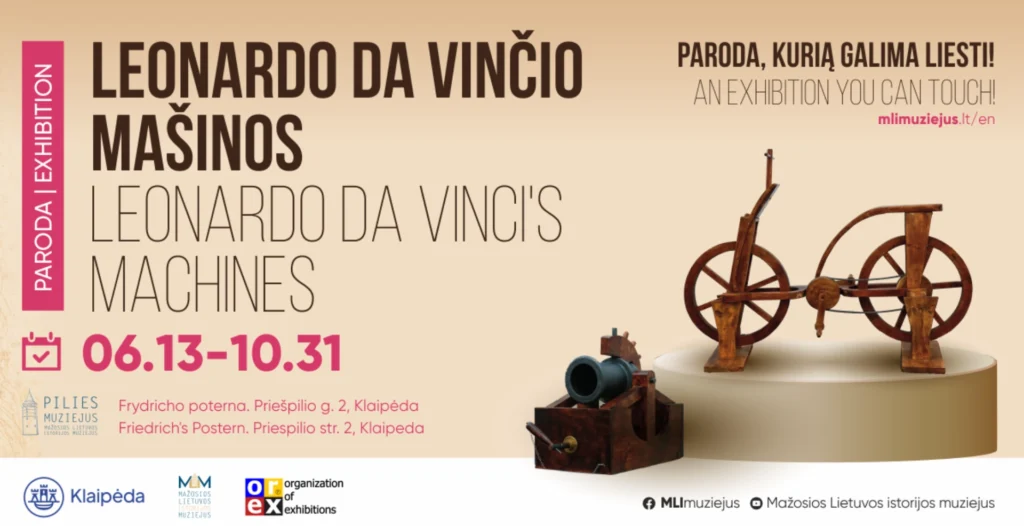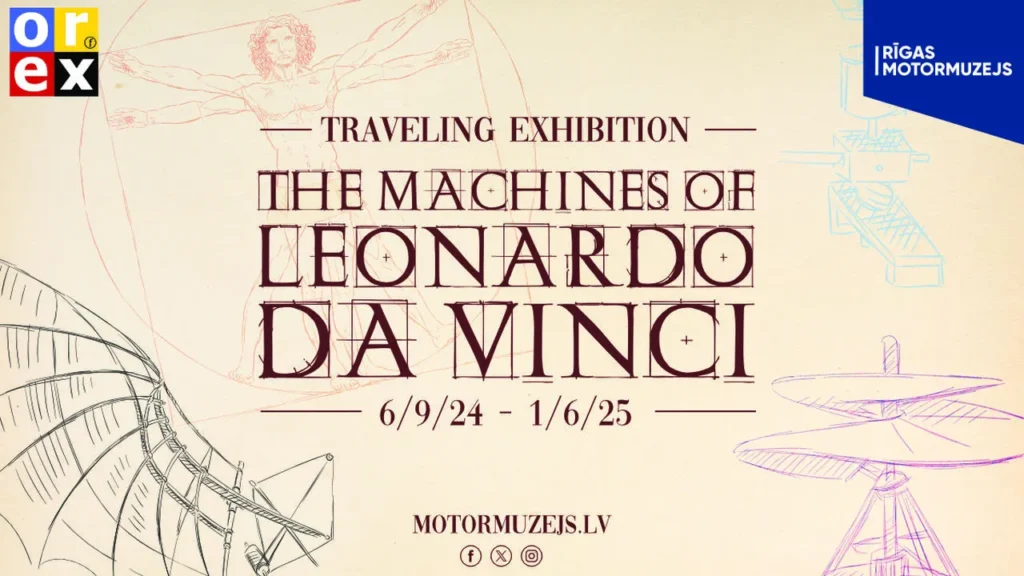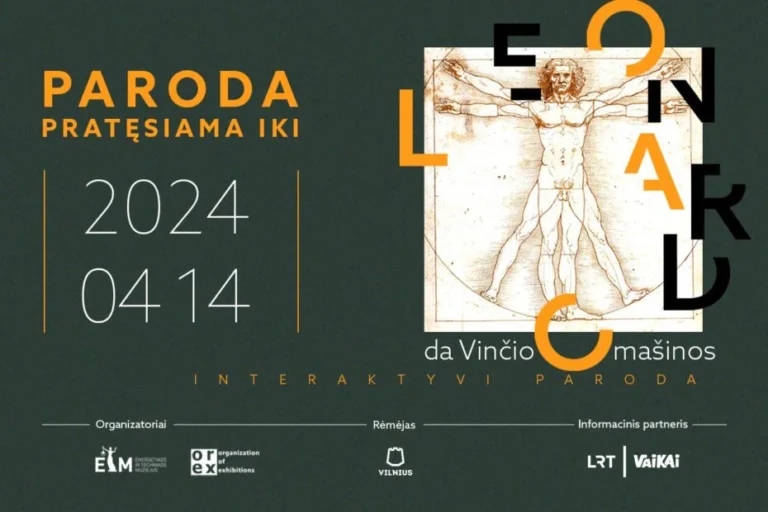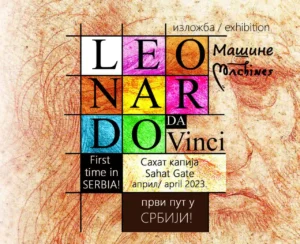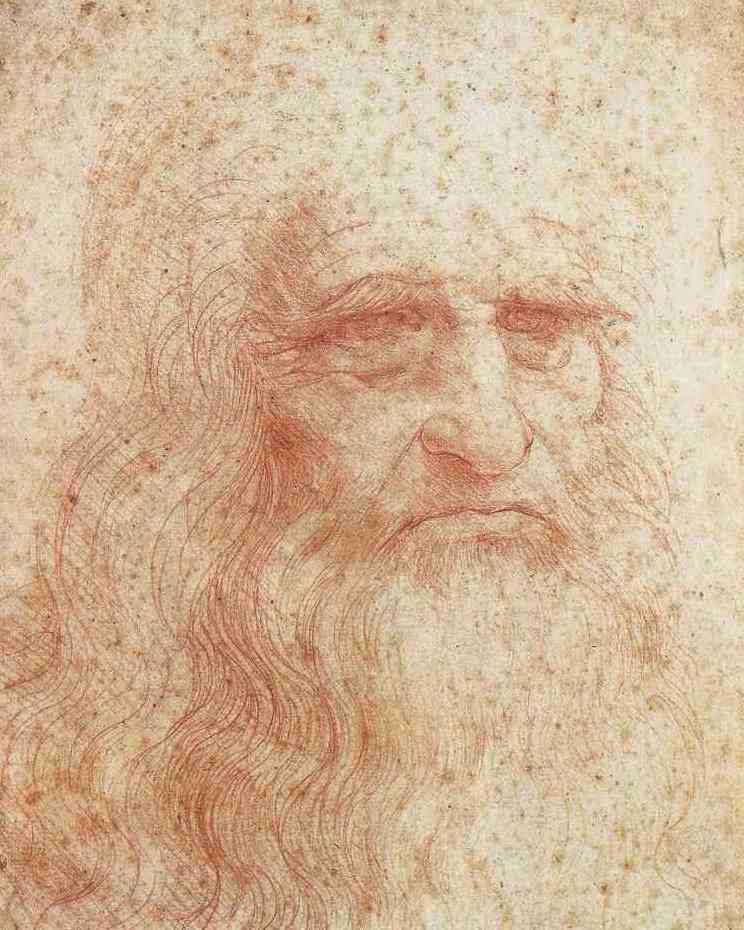
Power of the mind
Leonardo da Vinci, actually Leonardo di ser Piero da Vinci (born 15 April 1452 in Anchiano, died 2 May 1519 in Clos Lucé). The creator of the “Mona Lisa”, was a true Renaissance man and one of the most outstanding minds in the history of humankind. Scientists estimate his IQ at around 250. By comparison, Albert Einstein had an IQ of 160. The numerous sketches, designs and notes da Vinci left behind prove how far he was ahead of the era in which he was given to live. As early as the 15th century, he designed, among others: a car, a helicopter, a parachute or a hang-glider. Without his inventions, such as the ball bearing or a whole range of levers and gears, most modern machines would not work.
Flying machines
“Once you have tasted flight, you will forever walk the earth with your eyes turned skyward, for there you have been, and there you will always long to return.”
– Leonardo da Vinci.
His fascination with flying lasted until the end of his life. Leonardo made many sketches and designs of flying machines. But due to a lack of suitable materials and propulsion units, he never managed to soar through the air.
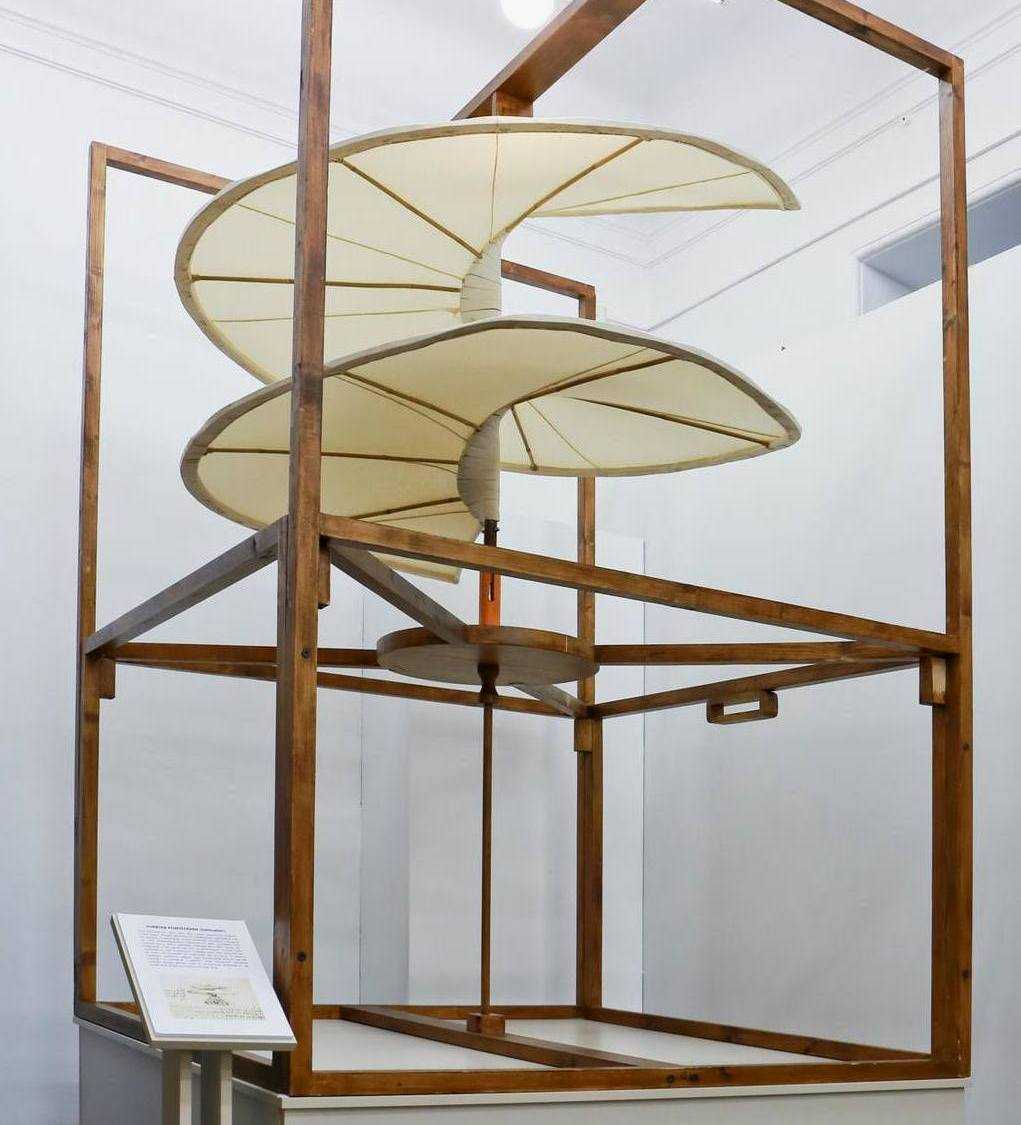
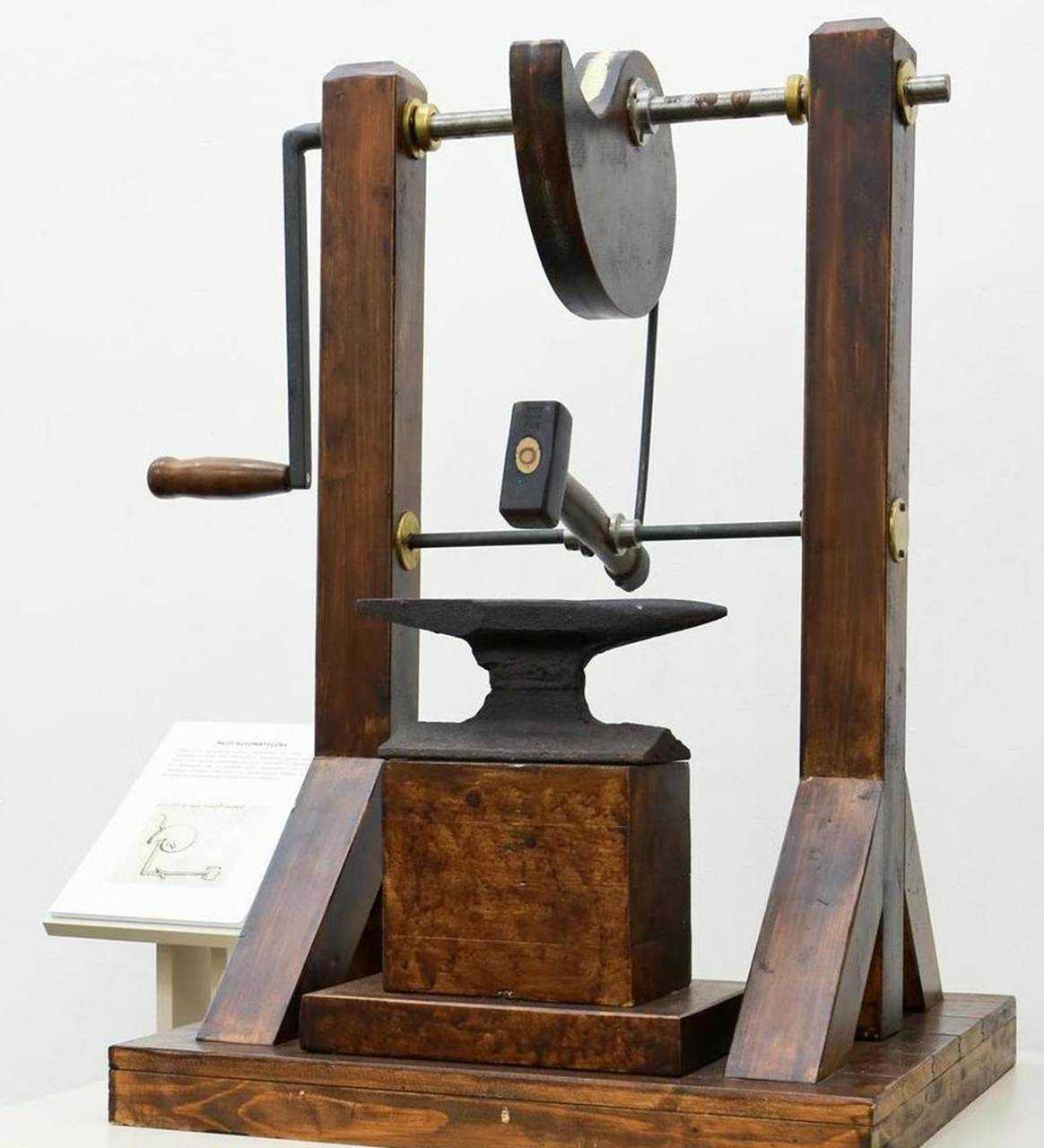
Interactive exhibits
Thanks to over 20 interactive objects, you can learn about the operation of inventions that were several hundred years ahead of their time being an inspiration for modern engineering, and better understand Leonardo da Vinci’s brilliant ideas.
War machines
Da Vinci designed many fortresses and war machines, mainly commissioned by the then rulers. However, he himself was a pacifist by conviction, war disgusted him. In his project of the tank, the Master intenionally hid a small flaw, so that the whole mechanism would not work, should the sketch fall into the wrong hands.
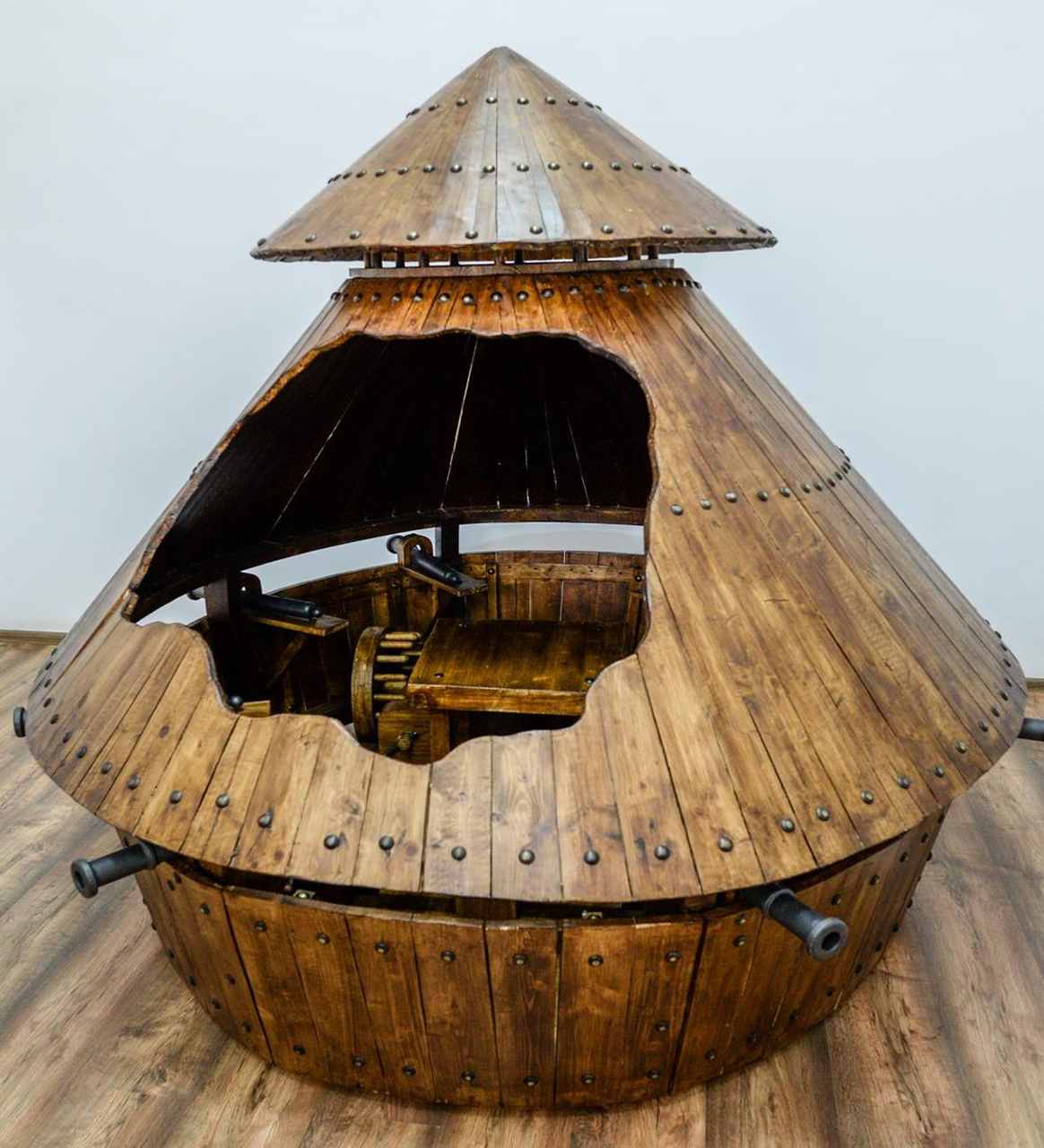
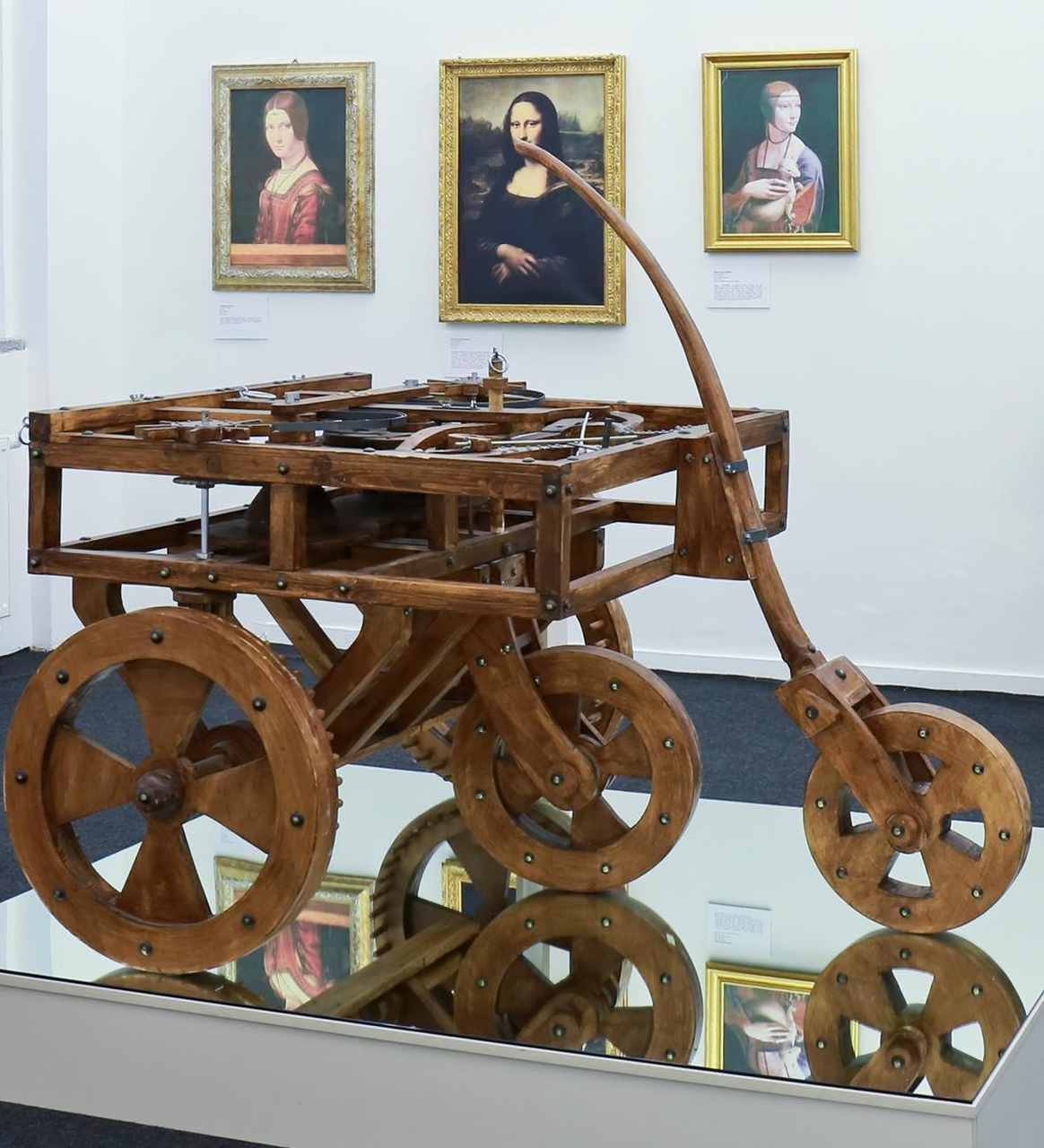
Drive mechanisms
In da Vincis times, there were no efficient drive units, so Leonardo designed new mechanisms or improved existing ones. Amongst many projects, the progenitor of today’s car deserves special attention. The vehicle could drive about 40 meters on its own, before the drive mechanism had to be wound up again.
Floating machines
In addition to flying and riding machines, Leonardo created designs that made it easier to move in water. He sketched, among others, diving suits, ships, submarines and devices for underwater attacks on enemy ships. He drew inspiration for his floating inventions from the appearance and shape of fishes.

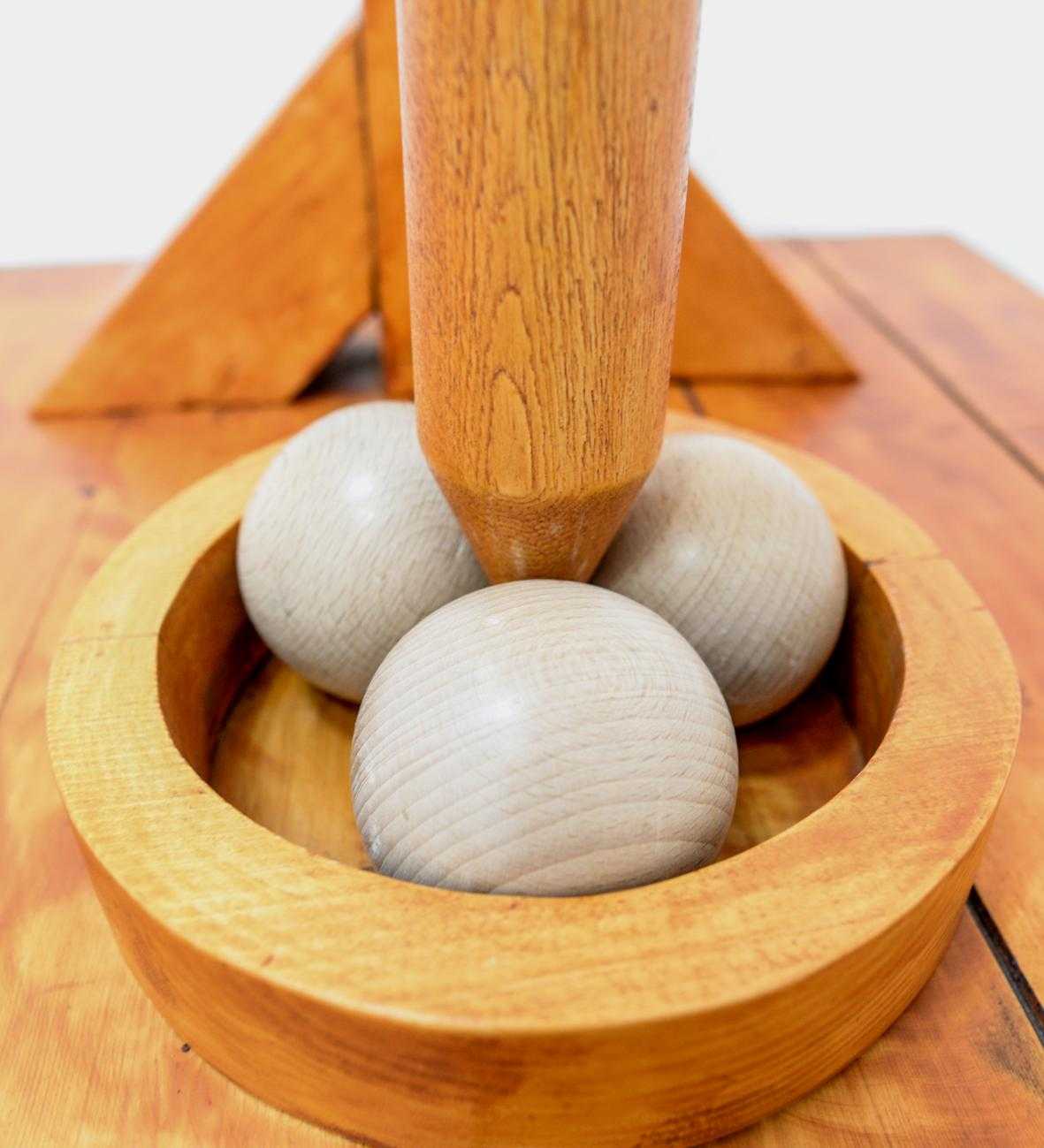
Mechanics
Leonardo da Vinci was a master of mechanical principles. He devoted a lot of time and work to designing various levers, gears, bearings, gear mechanisms, etc. … Many of his solutions have entered into everyday use and it is difficult to overestimate the importance they played in the development of our civilization.
Painting
This part of the exhibition gives the opportunity to enjoy faithful replicas of the Master’s most famous works, such as the most recognizable painting in the world “Mona Lisa”, “Salvator Mundi” (Latin for “Savior of the World”) that was sold for a record price of 450 million dollars, or the most famous mural painting “The Last Supper”.
The Exhibition
Leonardo’s fascinating world spans between heaven, earth, sea, art and war. It consists of over 50 exhibits made by skilled Italian artisans. A space of 200-1000 m2 in one or more halls is required to present the exhibition. One part of the hall should be at least 3.5 m high, which is necessary to put up flying machines. The size of the exhibition can be adjusted to your needs and possibilities. More details can be found in the “About us” tab.


